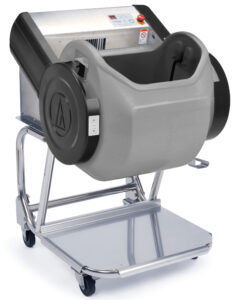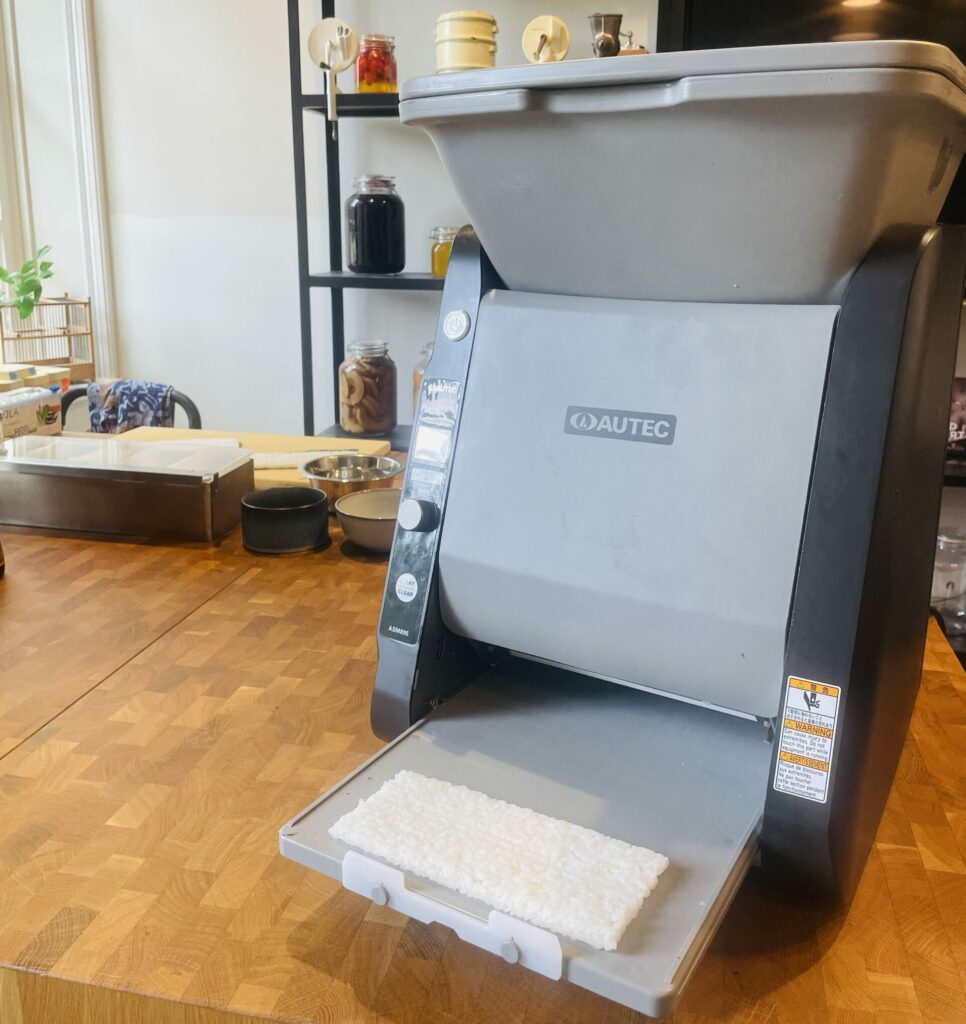In the age-old art of preparation of Sushiprecision is inevitableitable and even a necessity. Every grain of rice, every slice of fish and every twist of the knife contributes to this unique culinary experience that has conquered the world. However, behind this apparent simplicity lies a major challenge: how do you maintain a high level of impeccable quality in the face of growing demand? Because if the traditional know-how remains unrivalled, manual production has undeniable limitations in terms of constance, d'efficiency and profitability. This is precisely where automation comes into play, offering innovative solutions that are transforming the Sushi. In this article, we explore the 4 errors in Sushi production and how thanks to automation to meet these challenges.
The classic challenges of Sushi production
La Sushi production includes a number of issues. The first is the regularity and consistency in the quality of Sushi. Even the greatest chefs can experience variations in production, particularly when the pace is faster during periods of high demand. large influx and/or more intense fatigue.
Le rice dosage is also a common difficulty. It is a fundamental element in the making of the SushiThis plays a role in both flavour and appearance. Too much rice hides the flavours of the other ingredients, while too little prevents the sushi from shaping properly.
Another factor to take into account is the production time. The manufacture of Sushi may take some time depending on the qualification chefs as well as the influx of the establishment. It's not always possible to satisfy everyone on time when the number of orders is constantly increasing.
4 common mistakes in Sushi production
1. Poorly prepared rice
Le rice is the key element of Sushi. Poorly prepared rice has a direct impact on the quality of the Sushi and its taste. Incorrect temperature, irregular mixing with vinegar or poor washing can affect the whole preparation and even the taste and shape of the product. Sushi. The rice must be sufficiently tights to maintain its shape, but not to the point of being pasty. It is a balance which can be difficult to maintain with large production volumes.
To compensate for these errors, our Sushi are specially designed to make these steps easier.
Our RM401AGCE rice washer weighs, cleans and distributes the rice with just the right amount of water for proper cooking. It allows the rice to be cleaned efficiently, a task often given to the most experienced person, a sign of the importance of this stage.
To make it easier to season the vinegar in the riceour ASM780CE rice mixer mixes and cools the rice, homogenising it and saving time. This mixer takes the hassle out of mixing, for example by automatically pouring the rice into the mixer. Shari (vinegared rice) in the Sharibox.

2. Uneven rice/fish ratios
To make a Nigiri perfect, the balance between the rice and the filling is essential. In a context of intensive production or shortage of qualified personnel, maintaining this balance is a real challenge which can lead to Sushi irregular and of poor quality.
Thanks to our Nigiri ASM430CE machinethe production of your Nigiri will correspond to the recommended proportions (20-25g of rice) but also to your needs. It saves you time and gives you a regularity in your cooking. the weight and appearance of your Nigiri. A perfect solution to this sometimes laborious stage.
3. Making the rice mat
The rice mat is an essential step in making most types of sushi, such as Maki or California. You need to use the right amount of rice and repeat the process several times to find the right size. A rice mat that is too thick can alter the flavour of the Sushi, while one that is too thin will make the Maki too fragile and unattractive.
The ASM895CE rice mat maker is a machine that allows you to make perfect, even rice mats according to your needs. All you have to do is find the setting that corresponds to the type of Sushi you want to make (size, thickness, compression) and the machine uses the quantity of rice needed to make the rice mat. A solution that saves you time and lets you concentrate on filling your Sushi.
4. Rolling the Sushi
La shapebut also the voltage and the compact a Maki affects not only its taste, but also the way it is eaten. A roll that is too tight produces an unpleasant texture, but if the roll is too loose, it will not hold together and will easily fall apart, making it difficult to eat.
A Maki machine, such as theASM890CEYou can use it to form and close your rolls. It allows you to make three different sizes of roll, depending on what you're making (futo Maki, California and hozo Maki). An ideal solution for making Aesthetic sushi that meet today's demand for dishes that look as good as they taste.
Don't overlook human expertise
To meet these challenges, automation is an interesting solution, but it does not replace the know-how and people. A good establishment cannot offer good Sushi if the machines are not accompanied by qualified chefs who know every aspect of this metre. So don't overlook the team training in the kitchen and their knowledge of how to make Sushi. Training centres such as the Japanese Cuisine Academy enable you to train your teams in the Sushi makingbut also Japanese cuisine in general, and to help them understand how the use of Sushi machine is a daily help.
The ancient art of Sushi meets the precision of modern technology, creating a synergy perfectly suited to the demands of today's market. The four fundamental errors that we have identified - rice preparation, irregular proportions, making the rice mat and rolling the makis - can all be effectively resolved thanks to the specialised equipment offered by Sushi Robots.
Our machines are not intended to replace traditional craftsmanship, but to complement it by eliminating repetitive tasks and guaranteeing a consistency that even the most experienced chefs struggle to maintain on large volumes.
Whether it's our RM401AGCE rice washer, our ASM780CE mixer, our ASM430CE Nigiri machine or our maki-making solutions, every The equipment has been designed to respect the very essence of Sushi, while meeting today's production challenges.
Find out today how our automation solutions can transform your sushi production and contribute to the success of your business.


